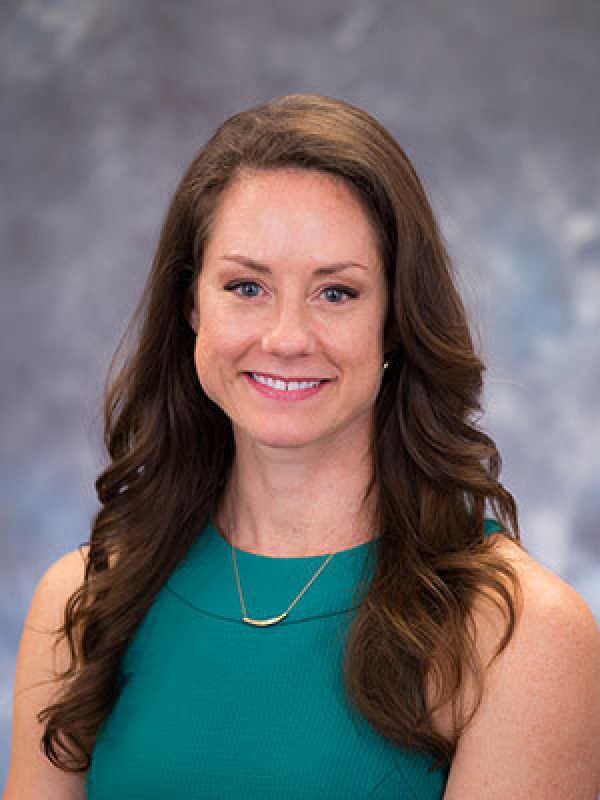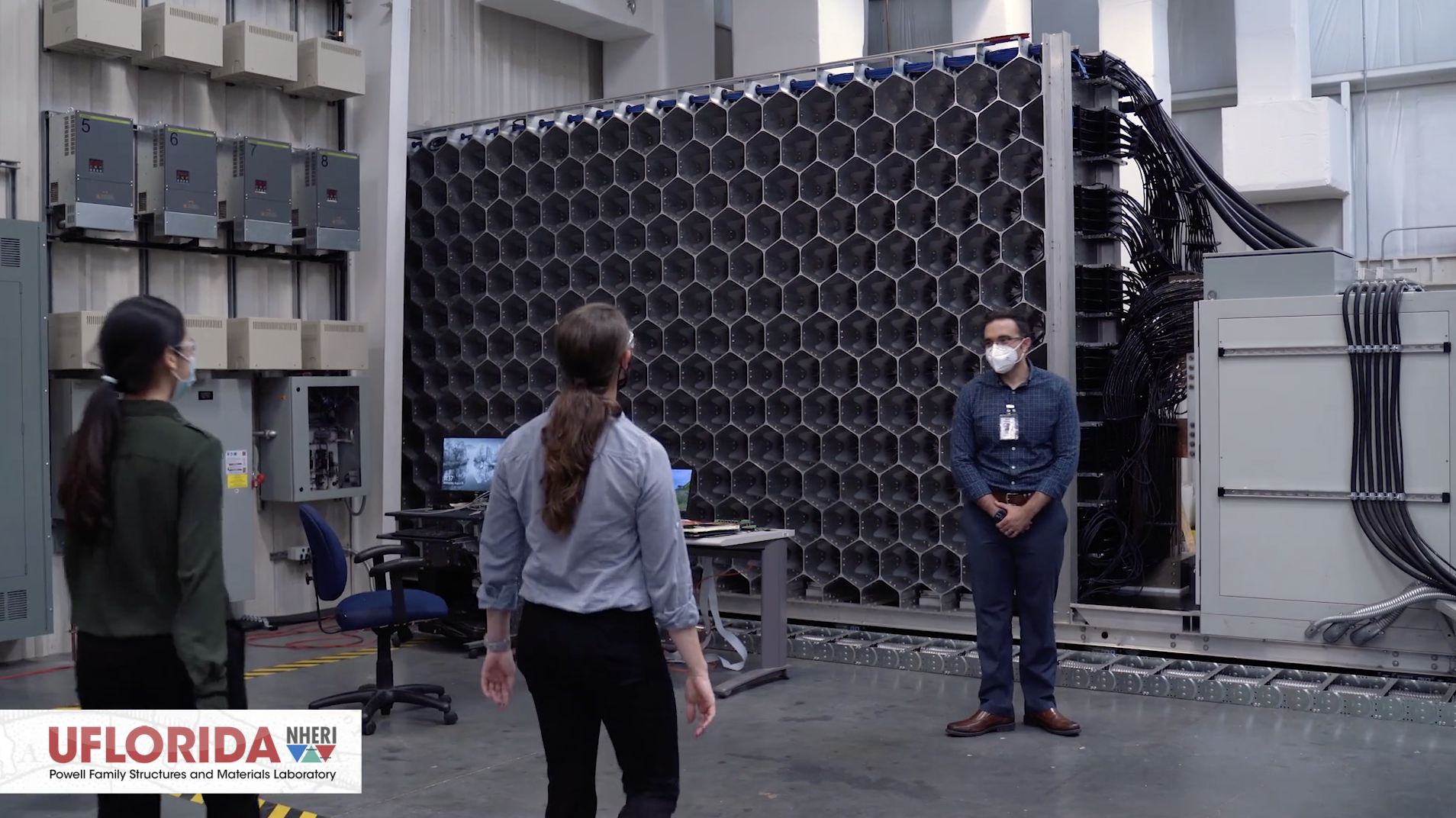DesignSafe Radio
Professor Jennifer Bridge on the University of Florida Wind Tunnel Facility
Published on June 29, 2021

Professor Jennifer Bridge
In wind engineering, NHERIs University of Florida wind hazards facility is one of the worlds largest and most diverse suites of experimental infrastructure. Funded by the National Science Foundation, the UF wind tunnel is located within the UF Powell Family Structures and Materials Laboratory.
In June and July 2021, the DesignSafe Radio podcast features interviews with Jennifer Bridge, NHERI at UF facility director and principal investigator. She details the capabilities UF wind tunnel and the research it makes possible. Bridge and DesignSafe Radio host Dan Zehner cover the following topics:
June 22. The UF facility is a boundary layer wind tunnel, a large-scale instrument that wind engineers use for examining that space on the earths surface where the wind interacts with the built environment. As Bridge explains: We to simulate wind loads that structures are going to see. Inside the wind tunnel, researchers use an automated tool called a terraformer, which creates model terrain conditions for subjecting to synoptic (large-scale, relatively uniform) wind loads. Bridge explains the importance of understanding the complex interactions of wind and structural geometry, including how different terrains can affect wind. (9 minutes)
June 29. In this episode, NHERI at UF principal investigator Jennifer Bridge gives examples of the types of projects the facility enables. She describes wind-tunnel tests funded by FEMA, NIST and NSF that examined wind behavior on topographical models after Hurricane Maria struck Puerto Rico, many of which had direct impact on building codes in Puerto Rico. The facility also is useful for researchers studying tornadic loads on residential structures which are greatly affected by terrain conditions in wind storms. Bridge also describes a novel and super-efficient type of experiment called cyberphysical wind tunnel testing. These sophisticated tests allow for dynamic adjustments of the structural model under consideration in real time. Bridge says cyberphysical testing is the future of structural design. (9 minutes)
July 6. Professor Jennifer Bridge describes the flow field modulator, a new piece of equipment at the facility that greatly enhances the capabilities of the BLWT. The FFM is a bank of 319, very fast, individually controlled fans that can simulate transient events like wind gusts, downbursts, and thunderstorm winds. It can also replay wind events (called time histories) with data collected in the field, for example by the UFs storm chaser team and its mobile weather towers. The facility is unique in its scale. Bridge explains how the FFM opens up wind engineering research to many new questions, with many new possibilities for discovering how different wind profiles affect structures. (10 minutes)
July 13. In this episode, Bridge discusses more research possibilities with the flow field modulator (FFM). As well as revealing effects of transient wind events on structures, it allows researchers to combine BLWT terrain-condition measurements with the FFM. So you could, for example, insert a structural model in realistic terrain and discover its performance during downbursts. Also, the FFM enables researchers to test larger models in the urban setting, called the urban canopy layer. Lastly, Bridge discusses the difference between NHERIs two complementary wind-research laboratories. The UF facility enables fine-tuning of models, and the Wall of Wind at Florida International University enables full-scale testing. Bridge notes the importance of collaborations between facilities and funding agencies for designing more a more resilient civil infrastructure. (6 minutes)
Listen to the podcast on the DesignSafe Radio website, or subscribe via Apple Podcasts, Spotify or Stitcher.
Interested in natural hazards research? Follow DesignSafe Radio on Facebook and Twitter.

About DesignSafe Radio
DesignSafe Radio highlights ways that NSF-supported research renders infrastructure and communities more resilient to natural hazards like earthquakes, hurricanes, tsunamis and storm surge. The podcast is produced by NHERI, the Natural Hazards Engineering Research Infrastructure, NSF award CMMI 1612144. Any statements in this material are those of the presenter(s) and do not necessarily reflect the views of the National Science Foundation.
Related Links
NHERI's University of Florida experimental facility
Video overview of the wind tunnel facility located within the University of Floridas Powell Family Structures and Materials Laboratory.
Work at UF helps engineers design structures that enable Floridians to survive extreme wind events. Video interview with UF professor Forrest Masters.






